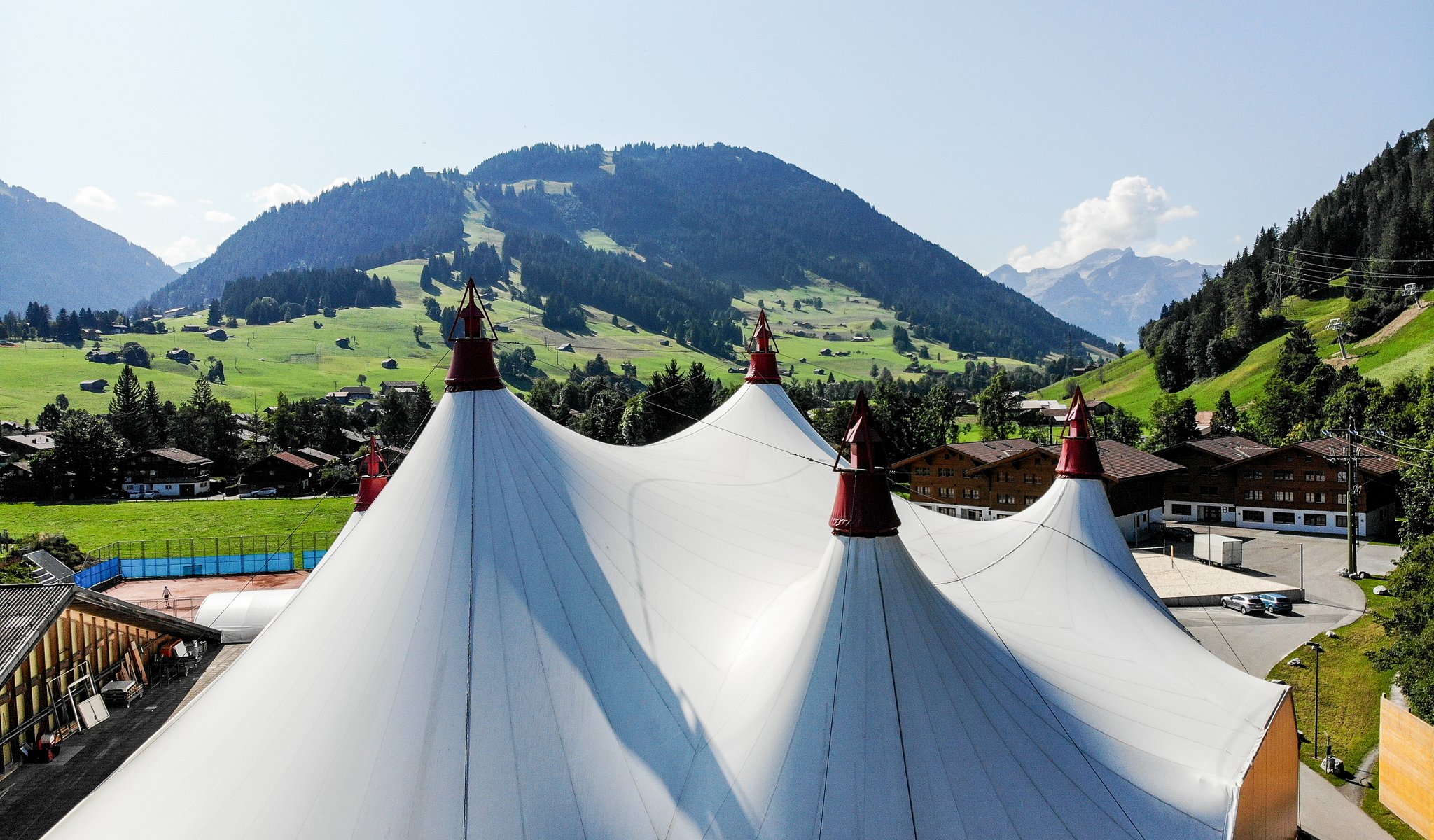
Program
Featuring
Other information
The event is about 1.8 hours long.
About the event
Two contrasting faces of Liszt, who had many ties to Switzerland, and one of Dvořák’s most famous pieces will be brought to Gstaad by the Budapest Festival Orchestra. The "Hungarian" half will open with one of Liszt's most typical Hungarian-style pieces, a bombastic orchestral version of the world-famous rhapsody. After the truly rhapsodic dance music, the composer’s great invention, theme-transformation will take center stage. The soloist of the increasingly richly orchestrated Piano Concerto in A major, which has gone through four versions, will be 27-year-old French pianist Alexandre Kantorow, a winner of the Tchaikovsky Competition, who was described in the French Classica magazine as “the young tzar of the piano” and in the American Fanfare as no less than “Liszt’s reincarnation” – not too bad an omen for a Liszt piano concerto.
In the mid-19th century the demand for national music started emerging throughout the world. After painstakingly collecting melodies he believed to be Hungarian folk music (mostly Hungarian songs from gypsy musicians) Franz Liszt composed a set of 19 Hungarian rhapsodies, his most popular series to date. Six of the works he composed for solo piano and dedicated to Count László Teleki were also arranged for orchestra. Like the rest of the rhapsodies, the C sharp minor also follows the “csárdás” structure – the serious and dramatic “lassan” (slowly) is followed by the virtuoso and energetic “friska”, a quick csárdás.
In the late 1840s Liszt retired from performing and settled down in Weimar as a court conductor. His focus as a composer shifted to hitherto neglected symphonic genres. At the premiere of his Piano concerto in A major in 1857, he only performed as a conductor, with the piano part played by one of his students. Though the piece sounds like one single movement, it can be divided into several sections. The sections are structured around a single, intimate and lyrical concept, bringing back the same theme with a different style and tempo in each section, eventually, in the finale, as a fanfare of brass.
Many say Symphony No. 7 is Dvořák’s finest piece of music. After hearing Brahms’ Symphony No. 3, the composer decided to return to the genre following a hiatus of five years. “‘There is not a single superfluous note in the work,” he wrote to his publisher. The piece simultaneously features heated Czech political passions and the composer’s peaceful, harmonious love for his homeland. The unexpectedly quiet and lyrical opening of the first movement came to the composer at a train station in Prague: the slow movement represents Dvořák grieving for his mother, who had recently died, and for his eldest daughter, who passed away at a young age. After the vivacious yet melancholy scherzo, the piece concludes with an exotic finale.